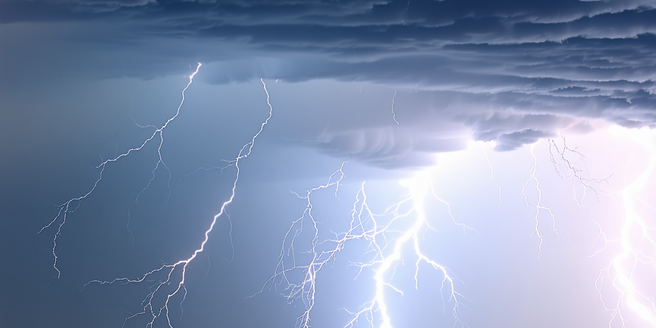
Understanding Different Types of Storms
Understanding different types of storms is crucial for preparedness. Thunderstorms, hurricanes, tornadoes, and winter storms each possess unique characteristics. Thunderstorms can bring strong winds and hail, tornadoes involve rotating columns of air with high-speed winds, and hurricanes are large systems with heavy rainfall and high winds. Winter storms involve freezing rain, sleet, and snow. Recognizing the differences allows individuals and communities to take specific precautions relevant to each storm type. By gaining knowledge about how each storm develops, their impacts, and potential threats, people can better plan and react appropriately. This understanding reduces panic and fosters a more organized response when adverse weather systems approach. Families can reinforce their emergency plans by staying informed through reliable weather forecasting services.
Preparing an Emergency Storm Kit
An emergency storm kit is vital for ensuring safety during severe weather. Begin with basics like water and non-perishable food to last at least three days. Include a flashlight, batteries, a first-aid kit, and necessary medications. Don’t forget important documents, such as identification and insurance papers, safely stored in waterproof cases. A battery-powered or hand-cranked radio is essential to receive weather updates if power is lost. Ensure you have personal hygiene items and basic tools. Customize your kit to cater to individual needs, considering pets, infants, or the elderly who may require special items. Regularly check the contents of the kit, rotating supplies to keep them fresh, and keep the kit in an accessible location, ensuring everyone knows where to find it.
Communicating During a Storm Emergency
Effective communication during a storm emergency is critical for safety. Prior to a storm’s impact, ensure all family members understand the emergency communication plan. Identify a point of contact out of the storm-affected area and use text messages or social media to reduce network congestion. Designate a common group chat or messaging app for updates. Keep mobile devices charged and consider using a portable power bank for backup. Stay tuned to local news via battery-operated radio for real-time information. Social media can offer fast updates from authorities but verify the information for accuracy. Knowing how to use shortwave or ham radio can be beneficial if traditional communication lines fail. Practicing these methods ensures everyone remains informed and safe during emergencies.
Staying Safe Indoors During a Storm
Safety indoors during a storm begins with proper preparation. When a storm is imminent, move to a small, windowless interior room on the lowest level of the building, like a bathroom or closet. Avoid using electrical appliances to prevent damage from power surges. Secure windows and doors, and use heavy-duty shutters or reinforce them with plywood if needed. Keep away from glass surfaces to avoid injury from shattered glass. Gather everyone in the safest location and remain there until it is declared safe. Use a battery-operated weather radio for updates to avoid electrical hazards. Ensure that large furniture or heavy items are firmly anchored to prevent injuries. Checking these safety measures in advance significantly increases protection against storm-related risks.
Evacuation Plans and Protocols
Evacuation plans are essential for storm preparedness. Begin by identifying various evacuation routes and ensure all family members are familiar with them. Check local government resources for official recommended routes and evacuation centers. Create a checklist of essential items to take, including identification, medications, vital documents, and emergency storm kit. Establish a clear meeting point in case of separation and designate a contact person outside the immediate danger area. Practice evacuation drills regularly, ensuring pets and vulnerable individuals are accounted for in the plan. Stay informed via authorized communication channels about when and where to evacuate safely. Leaving promptly when evacuation orders are given significantly increases personal safety and ensures emergency services can operate effectively without hindrance.
Post-Storm Safety and Recovery Steps
Post-storm safety involves cautious evaluation of the immediate environment. After the storm, check for any physical dangers such as downed power lines, unstable structures, or flooding. Avoid entering buildings until they are deemed safe, especially if there is water damage. Document damage extensively for insurance claims by taking photos and videos. Clear pathways and remove fallen branches or debris carefully. Beware of potential hazards such as contaminated water or pests. Check on neighbors, particularly the elderly or disabled, who may need assistance. Restock any depleted emergency supplies and consider any improvements for future events. Engaging with local community recovery initiatives aids faster restoration and ensures you have access to necessary resources for a comprehensive recovery process.
